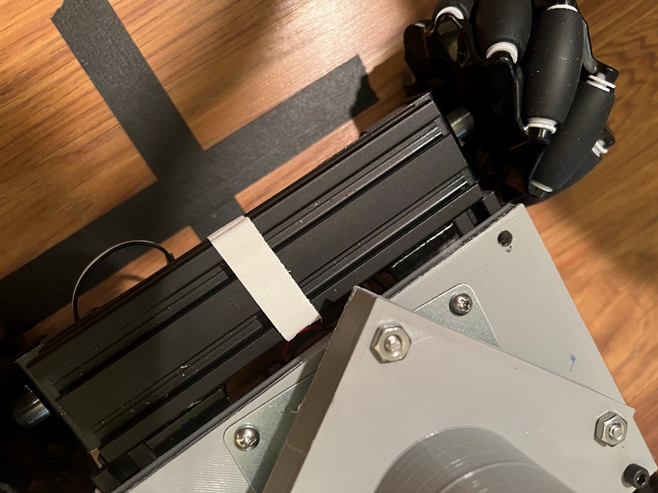Week 5: June 5th - June 13th
- jhotlen0
- Jun 13, 2022
- 2 min read
This week the engineering requirements, hardware/software flowcharts, and specifications table were all updated to the specifications suggested by Dr. Ejaz. A height requirement of four feet was selected by Neil and Jacob and calculations were done to determine the amount of torque needed by the arm motor and tilt motor in order to accommodate this height requirement and the heaviest weight of microphones. It was found that a torque of at least 6Nm is required to lift the motor arm with a maximum weight of 860g attached. This weight corresponds to the heaviest standard microphone on the market. Servo motors were selected by the team due to their ability to produce a large amount of torque and make precise adjustments. Neil researched libraries for the Arduino Uno that adjust servo motors based on a reference angle. Therefore the microphones position can be known and stored. The servo motors also require less energy to operate at the same torque as compared to stepper motors; which were also considered. The chassis we are planning to use for the arm is a pre-manufactured kit with Mecanum wheels and servo motors to control them. The energy budget of the receiver was determined to be 98.12 watts with a current pull of 11.8 amps. After research was done, a combination of two LiPo 4S lithium-ion battery packs with 14.8 volts and 12000mAh was chosen to suit the power needs of the receiver. Using variable LM2596 DC-DC voltage regulators, the motors as well as the Arduino can be powered from these same two batteries and at maximum current draw the batteries will last approximately one hour. The updated information mentioned above as well as the power budget and proposed monetary budget can be found under the Design Proposal tab. The gallery attached to this post contains all of the mentioned parts of the receiver.














Comments